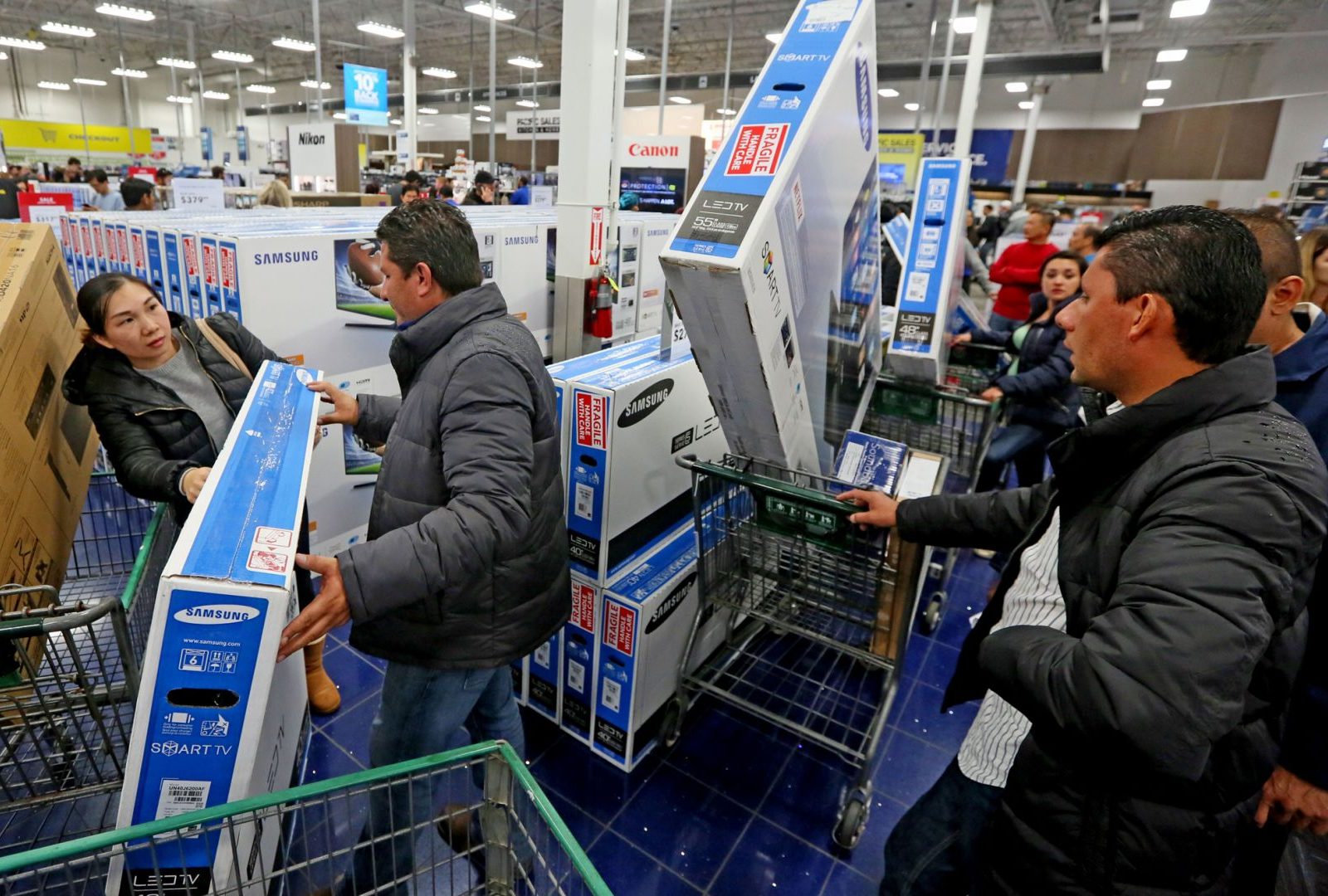The Real History of Black Friday

Black Friday. When you hear this term you may suddenly picture images of people rushing into department stores when their doors open, countless advertisements touting “Doorbuster” deals, and fights breaking out between people over the hottest holiday toy.
In many cases these images are entirely true. Every year on the fourth Friday in November thousands of stores across the country open their doors to the masses early in the morning and offer discounted deals on items that only exist on this day. It’s these deals that are enough to drive millions people to leave the comfort of their homes late on Thanksgiving night to stand in line at their favorite stores and wait for the doors to open.
However, not many people know the real history behind Black Friday and how it got its name. The common understanding that is that many major department stores operate in the red all year until Black Friday when they jump into the black and finally turn a profit. This is partially true, but there is much more to this story than meets the eye.
Where does the name “Black Friday” really come from?
The first recorded use of the term “Black Friday” was used not to describe holiday shopping, but to describe a financial crisis. On September 24, 1869 the U.S gold market came to a sudden crash. Two high powered Wall Street financiers, Jay Gould and Jim Fisk, worked together to buy up as much of the nation’s gold as they could with the expectation that it would drive the price of gold up sky high hoping to sell it back for astonishing profits. In September of that year their plan finally unraveled and sent the U.S economy into a freefall (the U.S was still on the gold standard at the time).
The most commonly repeated story to describe Black Friday links it back to retailers. As the story is told, after an entire year of big box and department stores operating at a loss (“in the red”) stores are supposed to earn a profit (“go into the black”) on the day after Thanksgiving because consumers spent so much money on discounted Black Friday merchandise. It is true that retail companies used to record losses in red and profits in black when completing their accounting, this version of Black Friday is the officially sanctioned story – but inaccurate.
The real story behind Black Friday, however, is not as bright as retailers would have you think. In the 1950s, Philadelphia city police used the term to describe the insanity that occurred on the day after Thanksgiving when droves of suburban shoppers and tourists would descend on the city in advance of the annual Army-Navy football game held on the Saturday after Thanksgiving. Philadelphia police were unable to take the day off and would have to work long and additional shifts to help deal with all of the additional crowds and traffic. Shoplifters would take advantage of the madness which was also a large burden to law enforcement.
By the early 1960s, the term “Black Friday” had caught on in Philadelphia to the extent that the city’s business owners and officials tried to change the name to “Big Friday” to try to avoid all of the negative views associated with the day. The term did not spread to the rest of the country, however, until the mid 1980s when retailers found a way to reinvent Black Friday and transform it into something that reflected positively. The result of this was the “red to black” story mentioned earlier which has stuck ever since.
Since then, the term’s negative roots in Philadelphia have largely been forgotten. What began as a one-day sales event has now transformed into a four-day bonanza that not only includes Black Friday, but Small Business Saturday and Cyber Monday. Recently, stores have begun to open earlier and earlier with many beginning deals at 6:00 p.m on the evening of Thanksgiving. According to the National Retail Federation, more than 164 million consumers plan to shop over Thanksgiving weekend. The NRF expects holiday retail sales in November and December – excluding automobiles, gasoline, and restaurants – to increase about 4% to around $682 billion.
So, if you happen to be out shopping today we hope, with this new knowledge in mind, that you are able to enjoy and maybe find even more deals on today’s Black Friday 2017.




